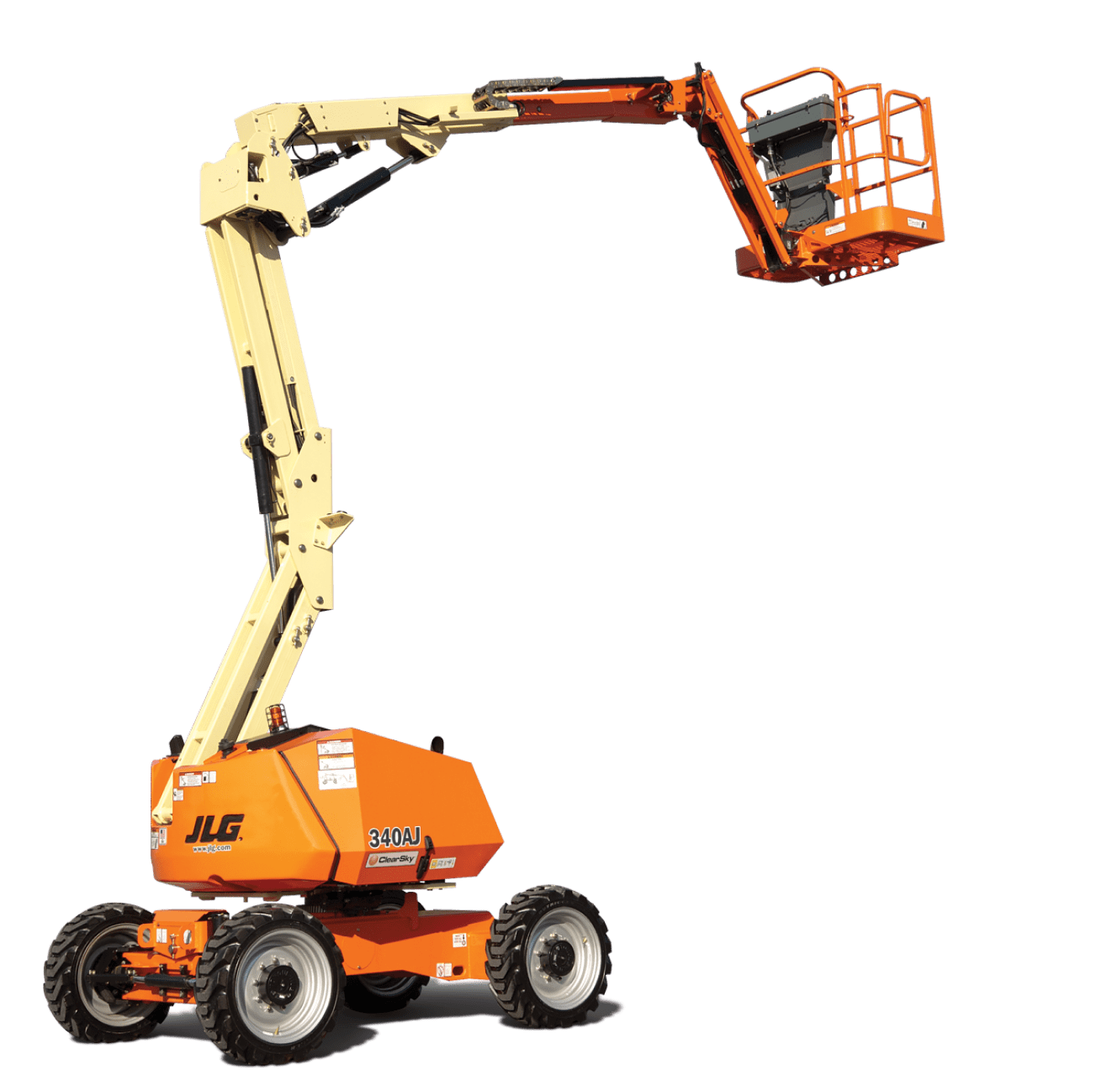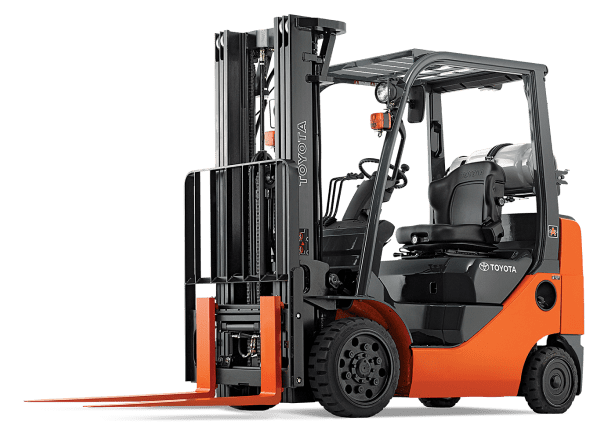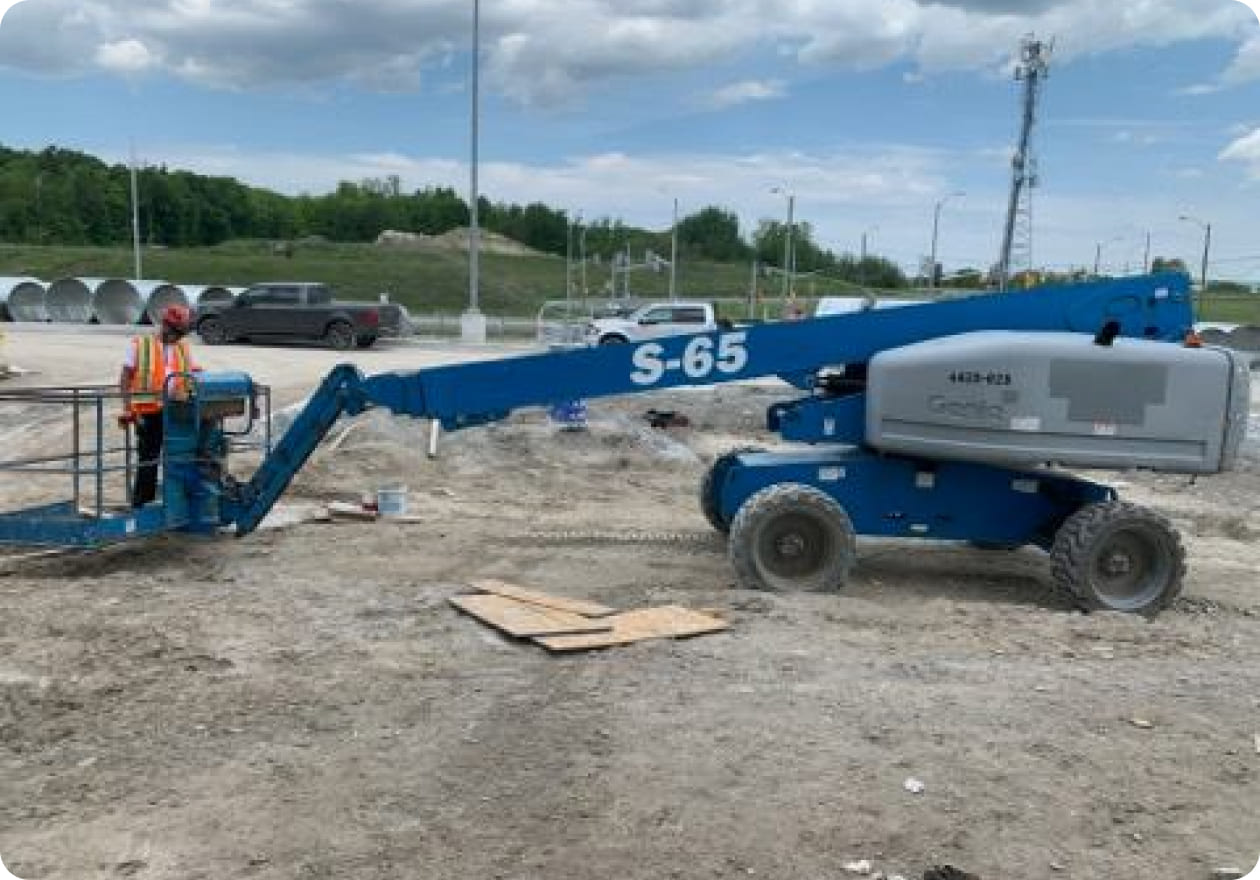
Office Hour: 07:30am - 5:00pm
Equipment Services
Equipment maintenance
- Regular Technical Inspections: Periodic checks of the equipment, including lifts, cranes, forklifts, and telescopic handlers, are conducted to identify potential issues or wear. This helps prevent possible breakdowns and ensures uninterrupted operation.
- Safety Systems: All safety systems of the equipment undergo regular checks to guarantee their proper functioning. This includes emergency prevention systems, alarms, and overload protection.
- Software Updates: If the equipment uses software, it is regularly updated to the latest versions to ensure compatibility, security, and efficiency.
- Replacement of Worn Parts: When necessary, worn or damaged parts are replaced. This involves repairing and servicing engines, hydraulic systems, control systems, and other key components.
- Staff Training: Regular training sessions for equipment operators on safe use, technical features, and maintenance procedures. This helps enhance professionalism and safety in operations.
- Regular Maintenance Schedule: Established schedules for regular maintenance, including oil changes, filter replacements, checking hydraulic fluids, etc., to extend the equipment’s lifespan.
- Emergency Repairs: The company has a rapid response system for emergency repairs, ensuring minimal downtime in case of unexpected events.
Lift equipment Reconditioning
- Initial Assessment: Before starting the restoration process, a thorough assessment of the elevator equipment is conducted. This includes inspecting mechanical and electrical components, assessing the control systems, and identifying any structural issues.
- Identification of Issues: Based on the assessment, specific issues and areas requiring attention are identified. This could range from mechanical wear and tear to electrical malfunctions or outdated control systems.
- Replacement of Components: Worn-out or damaged components are replaced with new, high-quality parts. This may involve replacing cables, pulleys, motor components, and other elements crucial to the elevator’s operation.
- Upgrading Technology: If the elevator’s technology is outdated, the restoration process may include technology upgrades. This could involve installing more advanced control systems, safety features, or energy-efficient components.
- Safety Checks: A critical aspect of the restoration process is ensuring that all safety features are functioning correctly. This includes emergency brakes, sensors, and communication systems.
- Testing and Quality Assurance: After the restoration work is complete, extensive testing is conducted to ensure that the elevator operates smoothly and meets safety standards. Quality assurance checks are performed to guarantee the longevity and reliability of the restored equipment.
- Compliance with Regulations: The restoration process adheres to industry regulations and safety standards to ensure that the elevators are compliant with legal requirements.
- Documentation: A detailed record of the restoration process is maintained. This documentation includes the replaced components, upgrades made, and results of safety and quality tests.
- Client Training: If there are any changes or upgrades that impact the operation of the elevator, training sessions are provided to the client’s staff or operators to ensure safe and efficient use.
TRUE CANADA
TRUE CANADA
Do you have any questions?
Leave a request and our specialists will contact you shortly.









